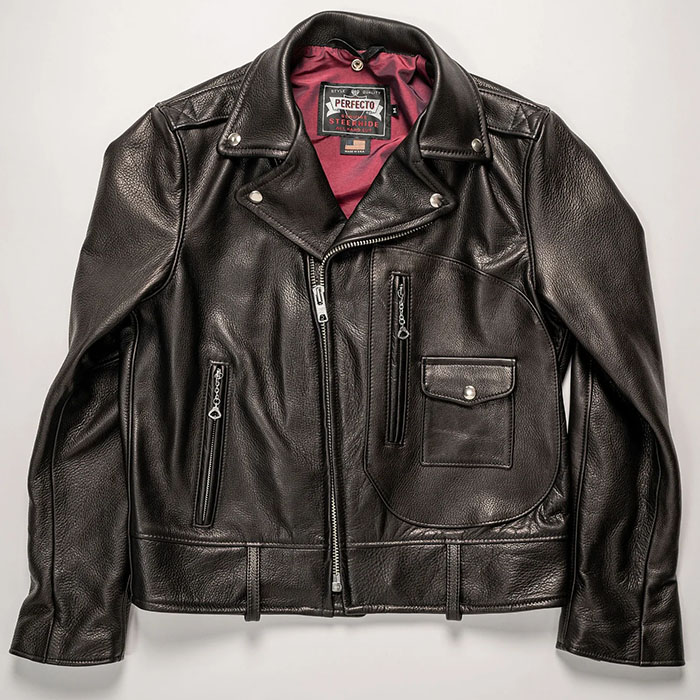Worf
I'll Lock Up
- Messages
- 5,253
- Location
- Troy, New York, USA
The whole idea of anti-Semitism was something dimly heard in the distance until I was bussed from all-Black PS 40 to all-White PS 201 in Flushing. Both schools served NY City Housing Projects but the denizens were completely different. PS 40 was and is still predominantly Black while PS 201 was about 100% white and 80 percent Jewish. My neighborhood had been chosen to be part of the great "Bussing Experiment" in 1965. Until that time I had no experience with white kids of any religious persuasion. For a while I really didn't notice much religious friction though I'm sure there was some. I was busy trying to find my own way in a strange new world. Things stayed that way till the 6-day war broke out and suddenly I was being asked questions about which side I supported. Confused, I asked my mother what was going on since I knew she was "the help" for several Jewish families about 2 miles from the school.View attachment 681742
The House of Rothschild from 1934 with George Arliss, Boris Karloff, Loretta Young and Robert Young
"We require an agreement, a treaty, signed and guaranteed by your governments giving to our people absolute freedom. In this agreement, they would lose their chains, they would have the right to follow any trade, to own land, to live with respect and...remember what our father said, Mama,... to walk the world with dignity."
- Nathan Rothschild
There are two ways to view the 1934 movie The House of Rothschild, a movie about a notable Jewish banking family in the 19th century: one is as a traditional movie where it proves adequate hagiography, and two is as a strong rebuke to the pernicious antisemitism of the era.
Once the Motion Picture Production Code was fully enforced by the end of 1934, few movies dealt as openly and honestly with the evils of antisemitism until Gentleman's Agreement was made in 1947. But in precode Hollywood, nearly everything was fair game.
The House of Rothschild begins with a Jewish family forced to live on "Jew Street," where the Prussian government, literally, chains the street closed (and Jews in) at night.
Barred from owning land or entering trades like construction, the Rothschilds turn to money lending—and are hated even for that.
Fast-forward and the five Rothschild sons have each opened a bank branch in a major city in Europe, creating one of the first banking empires. It is an empire that funds the European governments' war against Napoleon.
The governments took "Jewish bankers' money" when they needed it most, but after winning the war, they – led by a virulently antisemitic Prussian count – 'squeezed' the Rothschilds out of a lucrative bond deal simply because they were Jewish.
When Napoleon returns from exile to attempt a second takeover of Europe, the governments shamelessly turn again to the Rothschilds to fund their war against the petite dictator. This time, the Rothchilds extract the agreement quoted at the top in return for their financing.
The story climaxes with the head of Rothschild bank, played by George Arliss, putting all the family's banking capital at risk to save England's stock market during the war and, by proxy, all of Europe. It's a nail-biting move as it could be ruin for the Rothschilds.
It's a good story and, at a very, very high level, it is true, but many liberties are taken along the way. It's also why the movie can simply be seen as a fawning docu-drama about the Rothschilds in the early 19th century.
Arliss is excellent portraying the head of the Jewish banking concern who repeatedly faces off with his antisemitic nemesis, the Prussian count, played menacingly by Boris Karloff. It was Karloff who led the effort to keep the Rothschilds out of the bond deal.
Karloff also tries to thwart Rothschild at every turn, proving to be a baleful foil to the banking family. Karloff, effectively, is the embodiment of inveterate European antisemitism.
There is a nice and completely made up side story about Arliss' daughter, played by lovely Loretta Young, falling in love with a young English captain, played by Robert Young (had they married in real life, Loretta wouldn't have had to change her monogrammed towels).
Their story highlights the antisemitism of the era. Arliss is against the marriage not because he dislikes Robert Young, but because he believes his daughter would never be accepted into R. Young's world and would face an unhappy future, effectively, exiled by her husband's family.
All the above makes the movie an engaging story, but its real value is its raw exposé of the virulent antisemitism in Europe at that time, starting with the Rothschilds living on "Jew Street." Later, they are subject to pogroms across Europe, stirred up by Karloff.
Banking is one of the few businesses open to them by law, but they are then denounced as "money changers" and "shysters" when they are successful at it. Arliss' "agreement," quoted at the top, is a spirited attempt to change this antisemitic construct, but it is flawed.
Jews can win legal rights – "the right to follow any trade, to own land –" through legislation, but they can't win the right "to live with respect and...to walk the world with dignity" with words written on even a fancy piece of legal paper with a bunch of important signatures on it.
No law, rule, or regulation can change what is in people's hearts. You can't legislate away hatred.
From the pogroms, to the Holocaust, to today's protests, it will take a massive societal and cultural change to relegate antisemitism – and racism, sexism, and all the other stupid evils that divide people into groups and then pit them against each other – to the dustbin of history.
20th Century Fox deserves plaudits for taking on an unpopular issue in 1934's The House of Rothschild. Its honorable stance imbues the big-budget movie with a moral clarity that did surprisingly well at the box office, while also earning the picture a Best Oscar nomination.
It is a bit hokey and obvious in places, yet 20th Century Fox managed to make a "message movie" in 1934 that is still entertaining and relevant today. Modern moviemakers, with their sanctimonious message movies, could learn something from The House of Rothschild.
As best she could, she filled in the blanks about the history of anti-Semitism in the States and how it related to us. It took me a bit to get my mind around the fact that White people hated each other at times as violently as they hated us. Of course as I aged, I read about the Spanish Inquisition, the Pogroms etc... and of course, the Holocaust was covered in depth in school. Many of the administrators of the Public Schools I attended and some of the teachers as well, had fought in WWII so... when the subject was taught, it often contained first hand accounts of what was done, and what was seen. In NY City at that time, religion was as violent a battlefield as race but I couldn't see it. Eventually I became aware of the story of the Rothschilds via books and the Broadway Musical. I'll have to see if I can catch this film. Thanks for the review.
Worf


